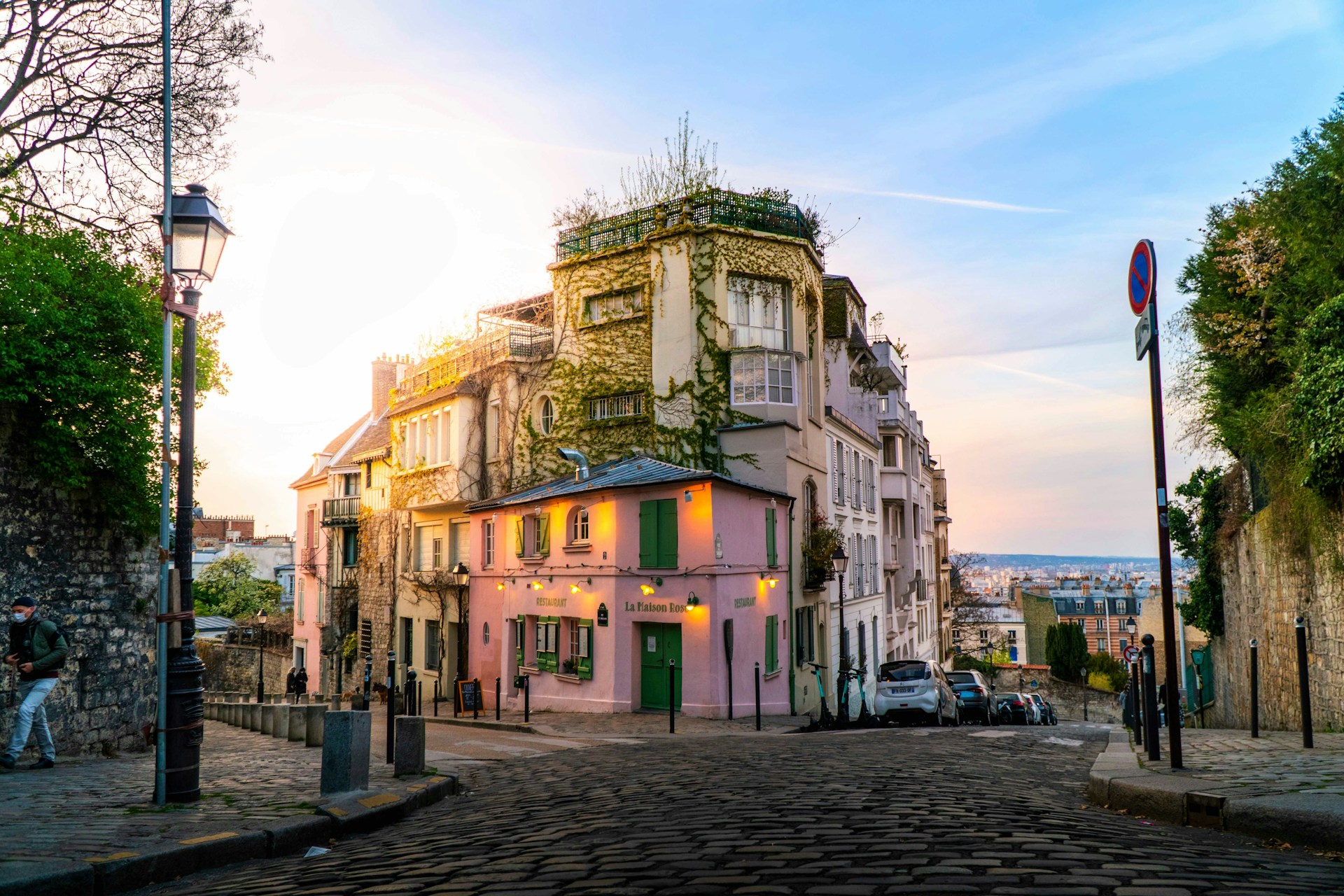Montmartre, one of Paris’s most iconic and culturally rich districts, is struggling with the fallout of overtourism following the 2024 Paris Olympics. Known for its cobbled streets, historic landmarks, and artistic heritage, Montmartre now attracts nearly 11 million visitors annually, overwhelming its narrow lanes and resident communities.
Local residents, including those from the “Vivre à Montmartre” association, are voicing concerns about the commercialization of the area. Traditional shops and cafés are being replaced by souvenir stalls and fast-food chains, eroding the district’s unique charm. Anne Renaudie, a member of the local association, compares the area to a “theme park” – a place where tourists take photos without connecting with the culture or the community. The influx of tourists has resulted in rising housing prices, with Montmartre seeing a 19% increase in property values over the past decade, further displacing long-term residents.
To combat these issues, Montmartre residents are pushing for changes, such as limiting the size of tour groups to no more than 25 people, banning the use of loudspeakers in the streets, and imposing higher tourist taxes. The city has also introduced stricter regulations for short-term rentals, reducing the number of days a primary residence can be rented out from 120 to 90 annually. These measures aim to restore some balance between tourism and local life.
However, the challenge of balancing the needs of both visitors and residents continues to grow, as Montmartre becomes just another example of the global struggle with overtourism. Cities like Barcelona and Venice have faced similar challenges, where increased tourism has led to a transformation of the very essence of these places. As Montmartre grapples with these pressures, finding sustainable solutions to preserve its authenticity while accommodating tourists remains a crucial task for local officials.


